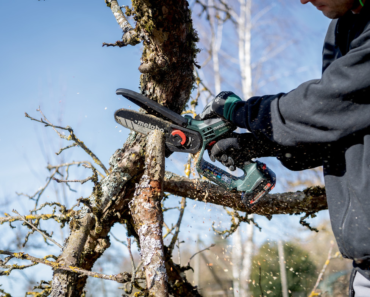Introduction:
Toenail infections, commonly caused by fungi, bacteria, or other pathogens, can be uncomfortable and unsightly. Whether it’s due to athlete’s foot, nail trauma, or poor foot hygiene, these infections can disrupt daily life and cause significant discomfort. However, recognizing the signs that a toenail infection is healing is crucial for monitoring progress and determining the effectiveness of treatment. In this article, we’ll explore the various indicators that suggest a toenail infection is on the mend.
Understanding Toenail Infections:
Before delving into the signs of healing, it’s essential to understand what causes toenail infections and how they manifest. Toenail infections typically occur when fungi or bacteria enter the nail bed through cuts, cracks, or skin breakdown. Factors such as poor hygiene, wearing tight-fitting shoes, and walking barefoot in damp environments can increase the risk of infection. Common types of toenail infections include fungal nail infections (onychomycosis), bacterial infections, and ingrown toenails.
Signs of Healing:
- Reduction in Pain and Discomfort: One of the first signs that a toenail infection is healing is a decrease in pain and discomfort around the affected toenail. In the early stages of infection, individuals may experience throbbing pain, tenderness, and sensitivity to pressure. As the infection resolves, these symptoms typically diminish, allowing for improved mobility and comfort.
- Decreased Redness and Swelling: Inflammation is a hallmark sign of infection, characterized by redness, swelling, and warmth around the affected toenail. As the body’s immune response kicks in to fight off the infection, these inflammatory symptoms may intensify initially. However, as healing progresses, the redness and swelling should gradually subside, indicating that the infection is under control.
- Resolution of Pus or Discharge: Toenail infections often produce pus or discharge, especially in cases of bacterial infection or advanced fungal nail infections. Pus is a sign that the body is actively fighting off the invading pathogens. As the infection begins to heal, the production of pus typically decreases, and any existing discharge may dry up or become less pronounced. However, it’s important to note that persistent or foul-smelling discharge may indicate an ongoing infection and should be evaluated by a healthcare professional.
- Improvement in Nail Appearance: The appearance of the toenail itself is a key indicator of healing. In fungal nail infections, toenails may become thickened, discolored, and brittle, with a yellow or brownish hue. As the infection clears, the toenail may gradually return to its normal thickness and color. Additionally, any signs of nail damage or deformity caused by the infection may begin to resolve as new, healthy nail tissue grows in.
- Regrowth of Healthy Nail Bed: Underneath the affected toenail, the nail bed may undergo changes as it heals. Initially, the nail bed may appear inflamed, with signs of infection such as redness and swelling. However, as healing progresses, the nail bed should start to regain its healthy appearance, with less inflammation and irritation. New nail growth may also become visible at the base of the toenail, indicating that the body is actively repairing and regenerating damaged tissue.
Monitoring Progress and Seeking Treatment:
While these signs are indicative of healing in toenail infections, it’s essential to monitor progress closely and seek medical attention if needed. In some cases, toenail infections may persist or worsen despite home care efforts, requiring professional intervention. Additionally, individuals with underlying health conditions such as diabetes or compromised immune systems should consult a healthcare provider promptly, as toenail infections can pose serious risks in these populations.
Conclusion:
Recognizing the signs of healing in toenail infections is essential for tracking progress and ensuring effective treatment. From reduced pain and inflammation to improvements in nail appearance and nail bed health, these indicators offer valuable insights into the body’s response to infection. By monitoring these signs closely and seeking medical attention when necessary, individuals can promote healing and prevent complications associated with toenail infections.




